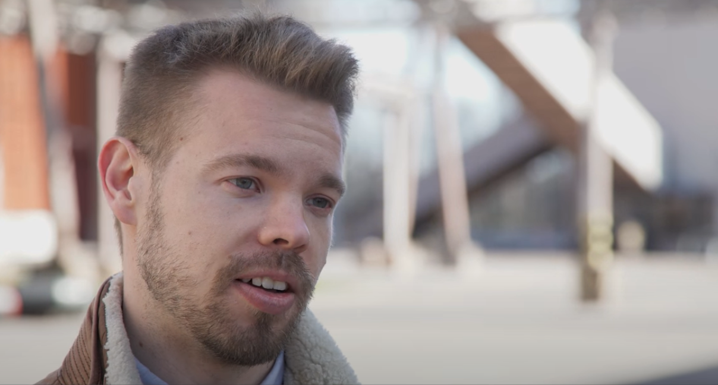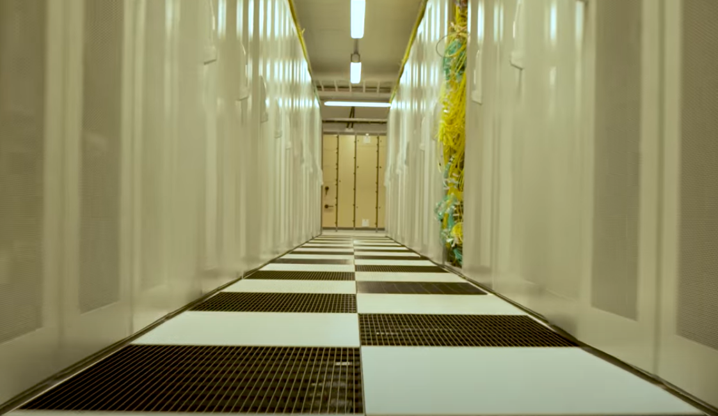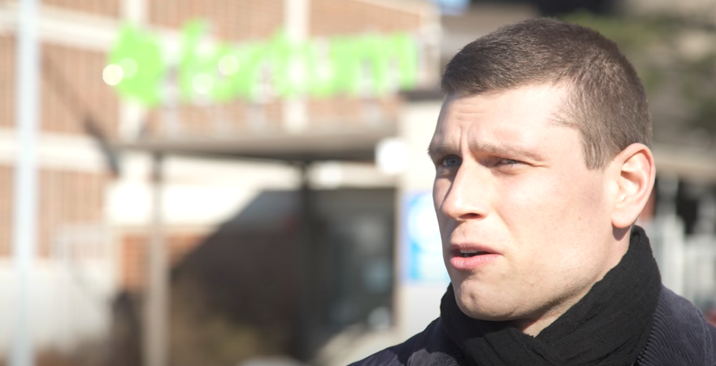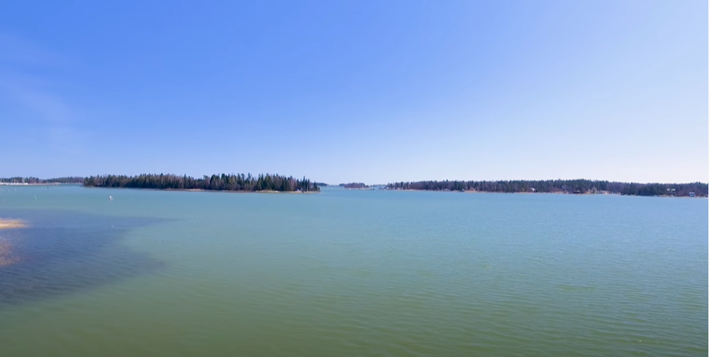IT COOLING SYSTEMS
Case Studies
Fortum
1 Nov. 2022
Data centers are vital parts of the infrastructure of modern life. But let’s think about them in a different way: as a heat source. Because waste heat isn’t waste if you know what to do with it.

"With relatively minor modifications, we were able to convert the data center into a heat production plant," recalls Petteri Hajanti, a senior consultant involved with this project, "and simultaneously with the same equipment, we were able to provide the cooling for the data center."

The data center was Ericsson’s, which needed a better cooling system ahead of a rapid uptick in its IT load. The other partner in the project was Finnish energy company Fortum, which wanted a heating network for the local district with modest investment. Ericsson and Fortum cooperated to achieve their respective goals.
Heat pumps owned and operated by Fortum would supply the primary cooling for the data center. But to make the project more sustainable and reliable, they needed the right units.
Mitsubishi Electric provided two large Climaveneta heat pumps, each with a megawatt of cooling capacity and environmentally friendly HFO cooling refrigerants.

"The heat of the data center is recovered and the temperature increased to 70 degrees," explains Paolo Gentiluomo of Mitsubishi Electric Hydronics & IT Cooling Systems. This is useful, valuable heat. Fortum harnessed the excess heat by piping it into the local district heating system so that residents can benefit from it.
"For a data center owner," Gentiluomo notes, "the possibility to purchase the cooling directly as as service rather than a full cooling plant is a new way of looking at the business."

Making a business greener while also reducing operating expenses. Now that’s what we call a win-win. But it’s about more than just reducing costs and efficiency, says Gentiluomo. "This project shows our commitment for a greener tomorrow."
Such innovative and sustainable approaches are driving Fortum’s ambition to provide carbon-neutral heating for districts in Finland.
Inspired by this model of collaboration, Hajanti is also looking toward the future. "I just wish that more data center companies, at least in Northern Europe, will see full-scale heat recovery and cooperation with energy companies as an option."
